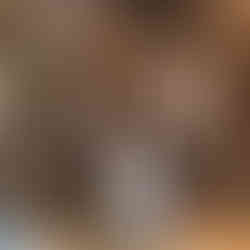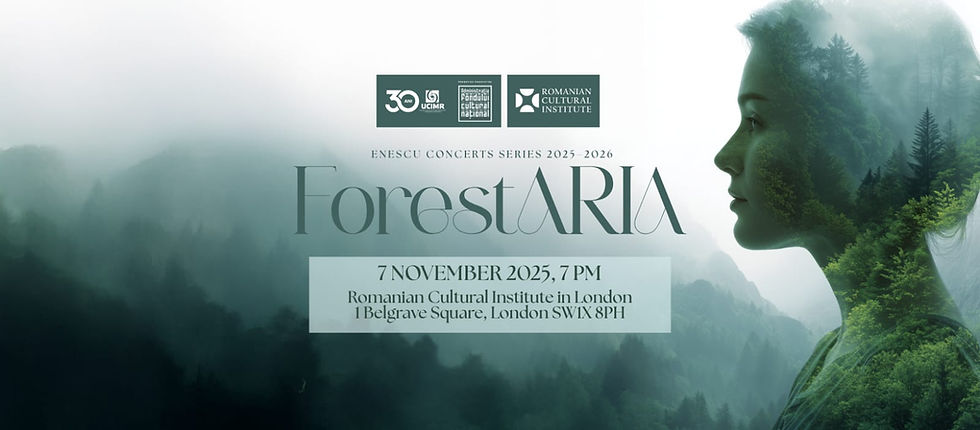Brâncuși and Britain.
- officelondon
- May 15, 2024
- 2 min read
Updated: Jul 31
Leading Curators Unpack Brâncuşi’s Legacy
The conference that marked the end of the Henry Moore Foundation research season, "Brancusi and Britain"
Wed 15 May | Online

The Romanian Cultural Institute in London was delighted to partner with the Henry Moore Institute for the Brâncuși season.
The Henry Moore Institute was founded in 1977 to promote the visual arts among the wider public. Beyond promoting the legacy of Henry Moore – one of the greatest sculptors of the 20th century – The Henry Moore Institute invests in exhibitions and research worldwide. To coincide with the grand Brâncuși exhibition, which has just ended at the Pompidou Centre in Paris, the Henry Moore Institute hosted a series of events aimed at re-examining Brâncuși's relationship with Britain and his continued influence.
The conference “Brâncuși, Britain and the Idea of Modern Sculpture”, hosted at the Henry Moore Studios & Gardens, where the British sculptor lived and worked, concluded the Brâncuși season. Attended by over 100 people, the conference explored Brâncuși’s impact on Britain’s artists, thinkers, and writers from different angles.
British artist David Ward talked about „the hand of Mlle Pogany” both from a carving perspective and metaphorically, as a touching gesture of affection or kindness. Nicholas Pope was a British Council scholar in Romania in the 1970s, and he travelled to the rural parts to learn from local craftspeople the art of woodcarving. He shared some historic images and stories from communist Romania of the 1970s. The sculpture of Constantin Brâncuși proved magnetic to numerous poets during the modernist period. Jack Quin, Assistant Professor of English Literature at Dublin City University, presented competing verse interpretations of Brâncuși’s work as they appeared in a range of publications across the 1920s and 1930s.
Professor Alex Potts delivered the keynote presentation from the University of Michigan, entitled „ Brâncuși and Moore – Human/Animal”.
The conference was moderated by Dr Jonathan Vernon, art historian specialising in modernism, sculpture and post-war politics.
LISTINGS & PRESS:










Comments